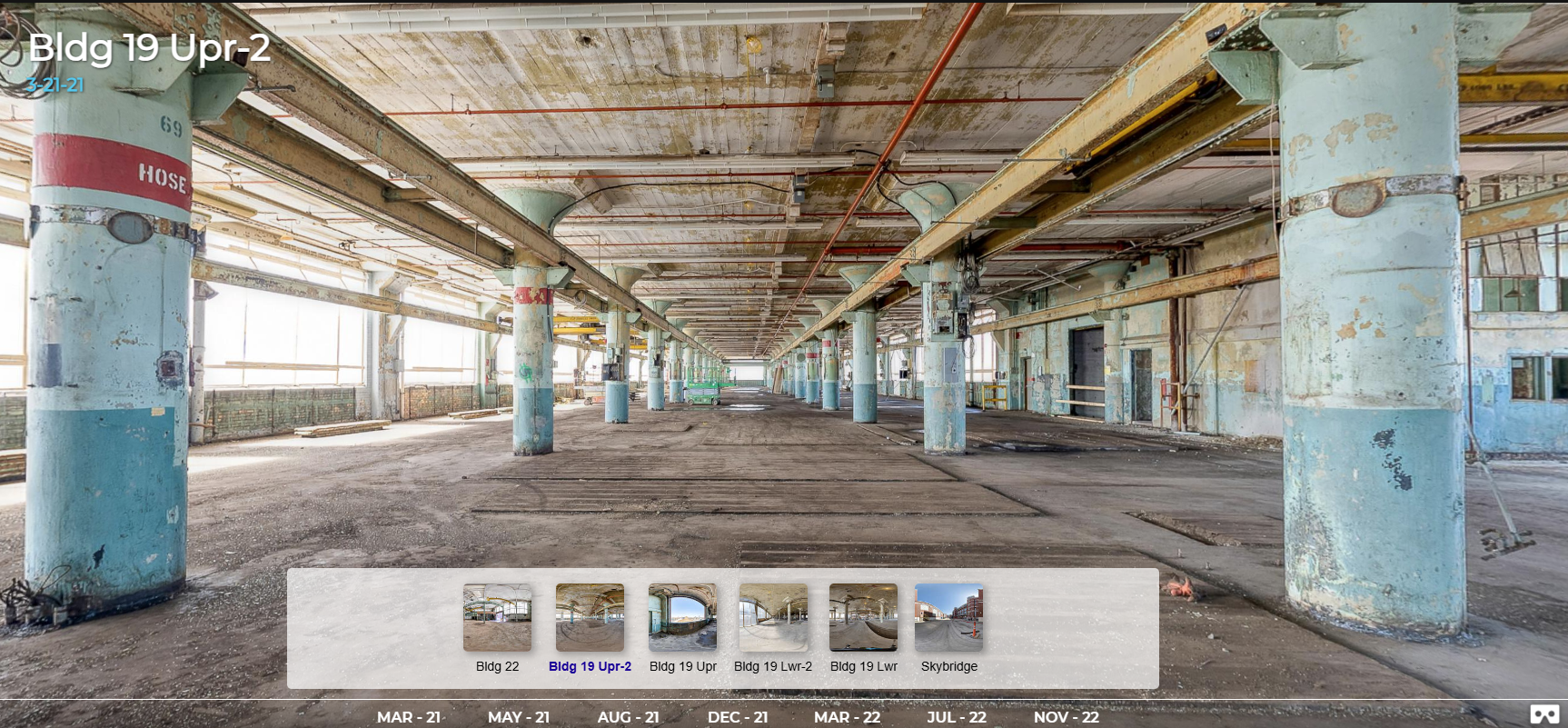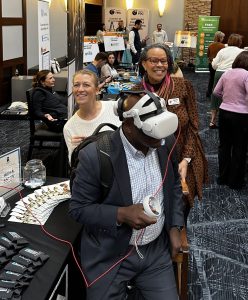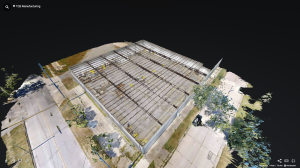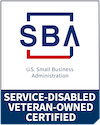By providing an immersive 360-degree experience, virtual tours allow users to explore and interact with spaces remotely, offering an invaluable advantage for showcasing the functionality, design, and accessibility of spaces in sectors such as hospitals, schools, and factories.
In today’s increasingly digital world, the way we experience physical spaces is changing rapidly. Virtual tours have emerged as a game-changing tool across many industries, particularly in healthcare, education, and manufacturing. These sectors, which often require detailed planning, coordination, and compliance with strict standards, are using virtual tours to bring greater transparency and accessibility to their operations. For Architecture, Engineering, and Construction (AEC) firms, virtual tours are not only a powerful tool for client engagement but also a vital asset for improving project planning, marketing, and decision-making.
By providing an immersive 360-degree experience, virtual tours allow users to explore and interact with spaces remotely, offering an invaluable advantage for showcasing the functionality, design, and accessibility of spaces in sectors such as hospitals, schools, and factories. Let’s explore how virtual tours are revolutionizing these industries and why AEC companies should leverage this technology.
Healthcare: Enhancing Design and Accessibility
In the healthcare industry, facility design is critical not just for aesthetics but for functionality and patient safety. From operating rooms and intensive care units to patient recovery wards and emergency areas, every aspect of a hospital or healthcare facility must be designed with precision. Virtual tours offer a way to visualize these complex spaces during the design and construction phase, providing hospital administrators, medical staff, and investors with the ability to give feedback before the space is finalized.
1. Remote Accessibility for Key Stakeholders
Virtual tours allow medical professionals and key decision-makers to explore a hospital’s layout without needing to be physically present. For instance, architects and engineers can present designs to hospital staff and gather feedback on room layouts, equipment placement, and patient flow. This is especially important during the construction phase, where adjustments to the design may be required to meet the needs of healthcare professionals. The ability to walk through a virtual environment ensures that any necessary changes can be made before construction is complete, reducing the risk of costly modifications later on.
2. Optimizing Patient Experience
For patients and their families, virtual tours of healthcare facilities provide comfort and transparency. Patients can explore the layout of a hospital before arriving for treatment, allowing them to familiarize themselves with areas like waiting rooms, recovery areas, and specialized care units. This is particularly helpful for individuals with mobility challenges or those experiencing anxiety about a hospital visit, as it allows them to mentally prepare for their stay.
In addition, hospital administrators can use virtual tours to showcase the accessibility features of the facility, ensuring that the hospital meets ADA (Americans with Disabilities Act) compliance and other accessibility standards. Virtual tours provide a dynamic way to demonstrate features like wheelchair ramps, accessible bathrooms, and specialized patient rooms designed for individuals with disabilities.
3. Streamlined Design Feedback
For AEC firms, virtual tours offer a powerful tool to gather real-time feedback from hospital staff during the design and construction phases. By creating a 360-degree representation of the facility, healthcare professionals can “walk through” the space and offer insights into how design choices will impact daily operations. For example, they may recommend changes to the layout of an operating room or suggest alternative locations for critical equipment to improve workflow efficiency. This level of collaboration between the construction team and healthcare providers results in a more functional and patient-centered facility.
Education: Creating Collaborative and Accessible Learning Spaces
Educational institutions, including schools, colleges, and universities, require spaces that foster learning, collaboration, and innovation. As competition for attracting students intensifies, many educational institutions are looking for ways to showcase their campuses and learning environments to prospective students, faculty, and donors—especially those who may be unable to visit in person. This is where virtual tours can make a significant impact.
1. Showcasing Campus Layout and Facilities
Virtual tours allow educational institutions to highlight the unique aspects of their campuses in a way that static photos or brochures simply cannot. A 360-degree tour enables prospective students to explore classrooms, libraries, dormitories, and recreational facilities remotely, providing a true sense of the environment. For AEC firms working on new builds or renovations, virtual tours can be used to showcase completed projects to the institution’s administration or potential donors.
2. Promoting Accessibility in Learning Spaces
Ensuring accessibility in educational environments is crucial, especially for institutions catering to diverse student populations, including those with disabilities. Virtual tours can showcase accessible features such as elevators, wheelchair ramps, and adjustable seating in lecture halls, ensuring that facilities meet ADA compliance and other standards. These tours provide a clear visual representation of how the institution supports inclusivity and accessibility.
3. Engaging Stakeholders Remotely
For educational institutions looking to secure funding or donations, virtual tours offer a powerful way to engage donors and stakeholders. These tours can be customized to highlight key areas of the campus, including state-of-the-art labs, performance spaces, or athletic facilities. Donors can take a virtual walk through these spaces, experiencing firsthand how their contributions will enhance the institution’s infrastructure and benefit the student body.
Factories: Demonstrating Efficiency, Safety, and Workflow
Factories and industrial environments are typically designed with efficiency, safety, and functionality in mind. These facilities often include complex layouts, with specific zones for production, storage, and quality control. Virtual tours enable AEC firms and industrial designers to demonstrate how their projects meet stringent safety standards, optimize workflow, and incorporate cutting-edge technologies.
1. Pre-Construction Visualization
Before construction even begins, virtual tours can provide factory owners and operators with a clear understanding of how the space will look and function once completed. This allows them to visualize production lines, storage areas, and other critical zones in real time. Adjustments can be made to improve workflow or accommodate equipment before construction progresses too far, ensuring the space is optimized for maximum efficiency.
2. Ensuring Safety Compliance
Safety is paramount in any industrial setting, and virtual tours provide a way to verify that a facility meets safety standards before it is operational. For example, factory owners can use a virtual tour to assess the placement of emergency exits, fire safety systems, and evacuation routes. Virtual tours also allow health and safety officers to conduct pre-construction reviews and provide feedback on the layout to ensure compliance with OSHA (Occupational Safety and Health Administration) regulations.
3. Remote Training and Facility Walkthroughs
In addition to improving the design process, virtual tours can be used for remote training and onboarding. New employees or factory operators can take virtual walkthroughs of the facility to familiarize themselves with the layout, equipment, and safety protocols. This is especially useful for international or remote teams who may not have access to the site during the construction phase.
Why AEC Companies Should Invest in Virtual Tours
For AEC companies, virtual tours represent a powerful tool that can enhance both project development and client engagement. By adopting virtual tours, firms can:
- Engage Clients More Effectively: Instead of relying solely on blueprints or 2D renderings, AEC firms can offer clients an immersive and interactive experience. This helps clients better understand design concepts, leading to improved communication and a clearer vision for the project.
- Cost-Effective Marketing: Virtual tours can be shared easily on websites, social media, and other digital platforms, providing continuous exposure for completed projects. They offer a cost-effective way to market real estate developments, educational facilities, or industrial spaces without the need for physical tours.
- Increase Decision-Making Speed: Virtual tours allow stakeholders to assess spaces remotely, speeding up decision-making processes and reducing the time spent on in-person visits.
- Demonstrate Innovation: By offering cutting-edge tools like virtual tours, AEC firms can showcase their commitment to technology and innovation, differentiating themselves from competitors.
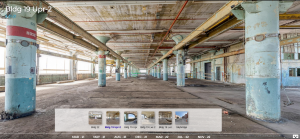
Virtual tours are transforming the way healthcare, education, and industrial facilities are designed, presented, and experienced. By offering an immersive, 360-degree view of spaces, these tours improve accessibility, enhance decision-making, and streamline design processes. For AEC companies, virtual tours are an invaluable tool to engage clients, promote projects, and ensure that spaces are both functional and accessible.
Whether it’s showcasing the patient-centered design of a new hospital, highlighting the collaborative spaces of a modern university, or demonstrating the efficiency of a cutting-edge factory, virtual tours provide a window into the future of design and construction. As the technology continues to evolve, virtual tours will only become more integral to the success of AEC projects.

